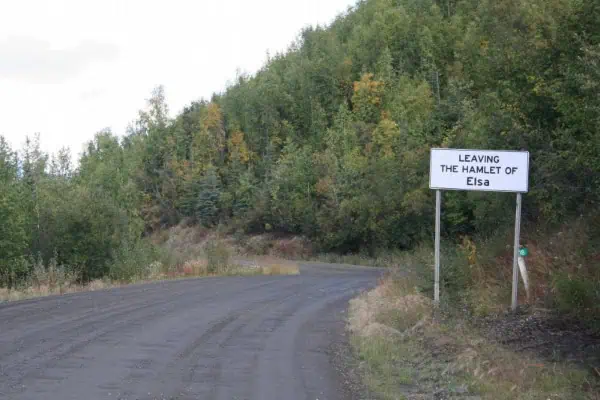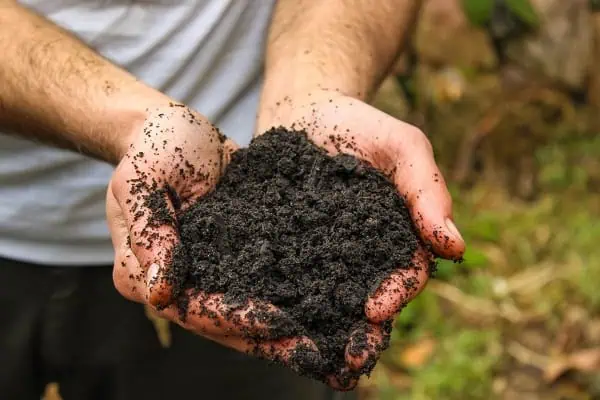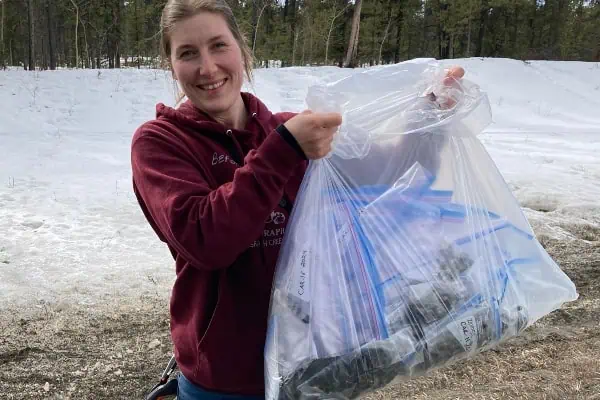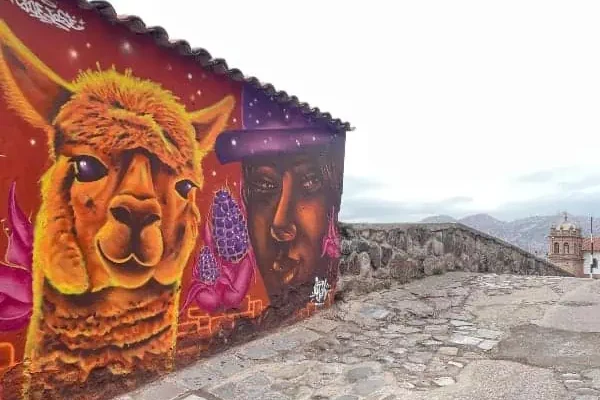The road that encircles Iceland, called Highway 1 or the Ring Road, offers access to many of the sights on the tourist track, called the Golden Circle.
We explored the usual postcard sights; geysers, rift valleys, craggy ocean shores, and flat, glacier-formed black alluvial plains. However, there is one place in particular, our first overnight outside of Reykjavik, that deserves more extensive description. Vestmannaeyjar, or Westman Islands, is a volcanically active archipelago. Only one island of the islands is inhabited by humans.
Roughly two-by-three kilometres, the main island is home to a small town, Heimaey, which is nestled around the north harbour. Its quaint white walls and red roofs are hemmed on three sides by stupendously varied mountainous terrain – large, old hilltops rise smoothly (albeit steeply) to the west, while two volcanic peaks, Eldfell and Helgafell, stand in stark contrast on the eastern side.
A scrabbly climb up Eldfell reveals a peak of eerily red volcanic scree and mineral deposits, with not a shred of vegetation in sight. Further exploration of the Mars-like terrain turned up still-active geothermal vents, the largest of which being at least a foot across and the same deep, and hot enough to bake potatoes.
The view from the top of Eldfell was stunning; the entire island was visible from its peak, and from up there, it became clear that Vestmannaeyjar embodied the essence of what we were about to experience throughout the rest of Iceland: a constant clash of extremes.
Alien, rocky moonscapes stood starkly against a backdrop of bucolic sheep folds, while the smooth tops of the old mountains belied the jagged blackness of lava flows less than 40 years old. Indeed, the Vestmannaeyjar archipelago’s most recent addition is the island of Surtsey, which was formed by underwater volcanic eruption and reached the surface in 1963. Because of its status as a brand-new landmass, Surtsey was considered an ideal site to study biocolonialism, and was therefore declared a nature reserve in 1965. Since then, biologists have been closely watching as the new island is gradually claimed by moss, lichens, and seabirds.
The town of Heimaey is a quietly welcoming fishing village, first and foremost, with a secondary focus as a tourist attraction. There are many local hikes of varying degrees of difficulty, several small restaurants and cafes, a hot pool (of course) and extensive opportunities for puffin-watching. The ungainly birds make their nests in cliffside burrows, and there is a special puffin-watching cabin that draws everyone from casual birdwatchers to filmmakers to biologists.
While the puffins are ridiculously cute, our short stint in the cabin quickly revealed that they are also equally ridiculous. Not so great at the flying or the landing, the puffin flaps its stubby wings frantically to stay aloft, buzzing around in ever-narrowing circles above the ocean surface until, with what can only be personified as resignation, it straight-up belly flops down for a decidedly ungraceful splash landing.
If you go to Heimaey, make sure not to miss the museum. It features a stunning array of stuffed birds, fish and wildlife. Most importantly, there is a puffin there. A live one, and they let you hold him. He was rescued as a puffling, and now waddles around the museum, nipping at visitors and blinking his beady little triangular eyes. His name is Tóti.




